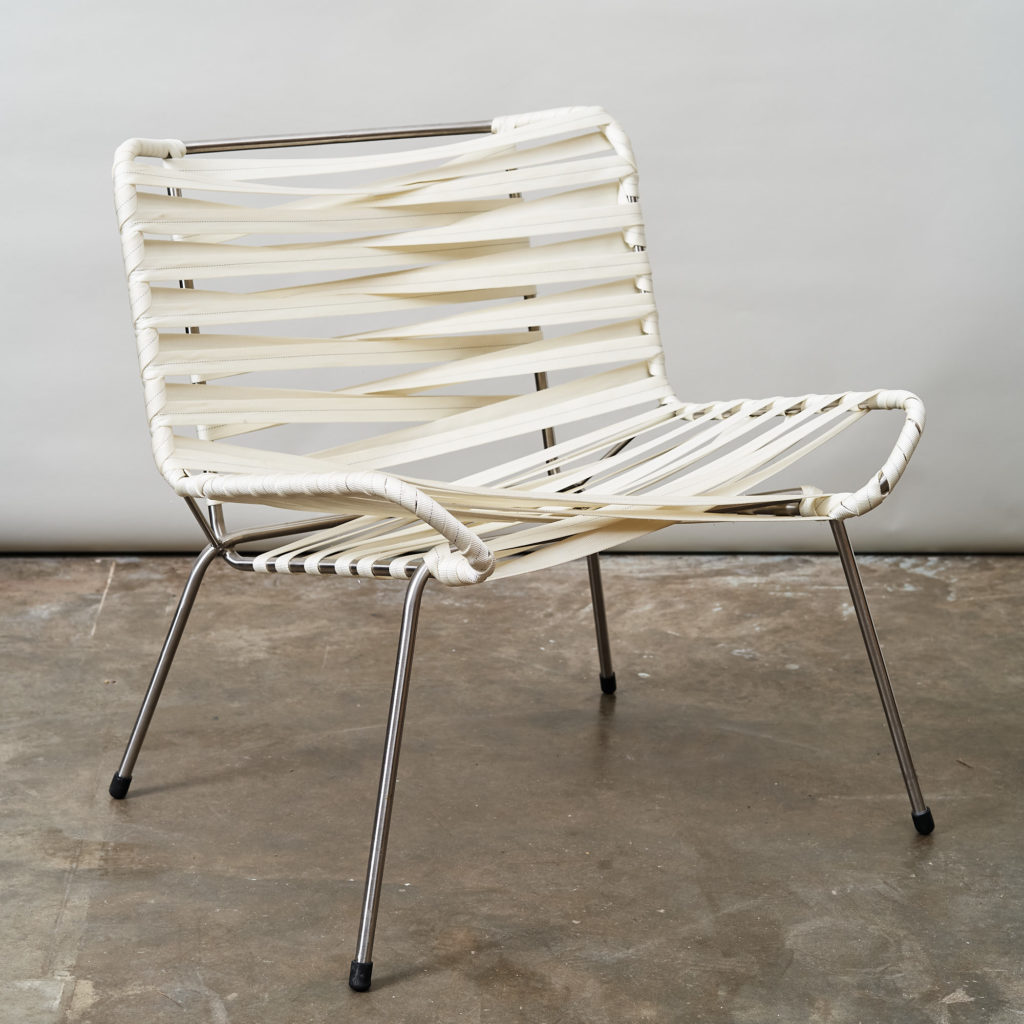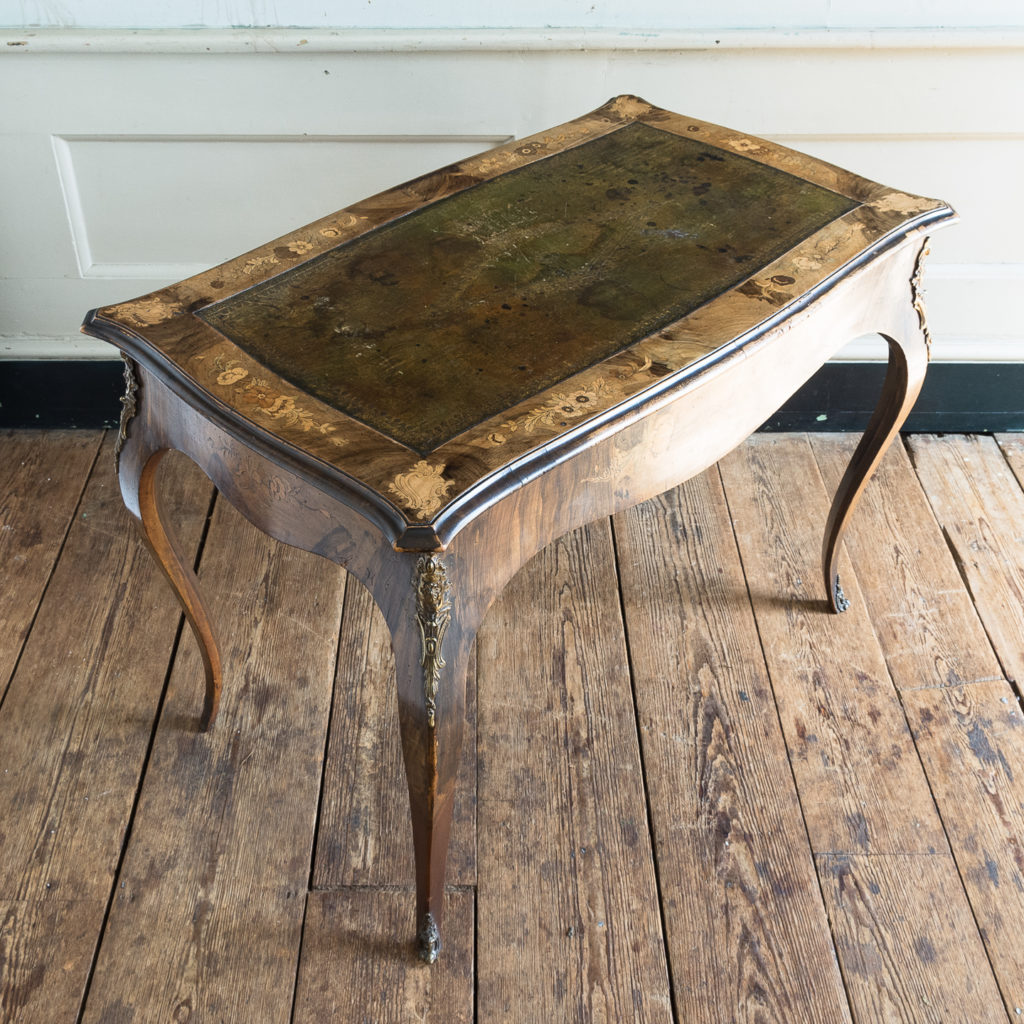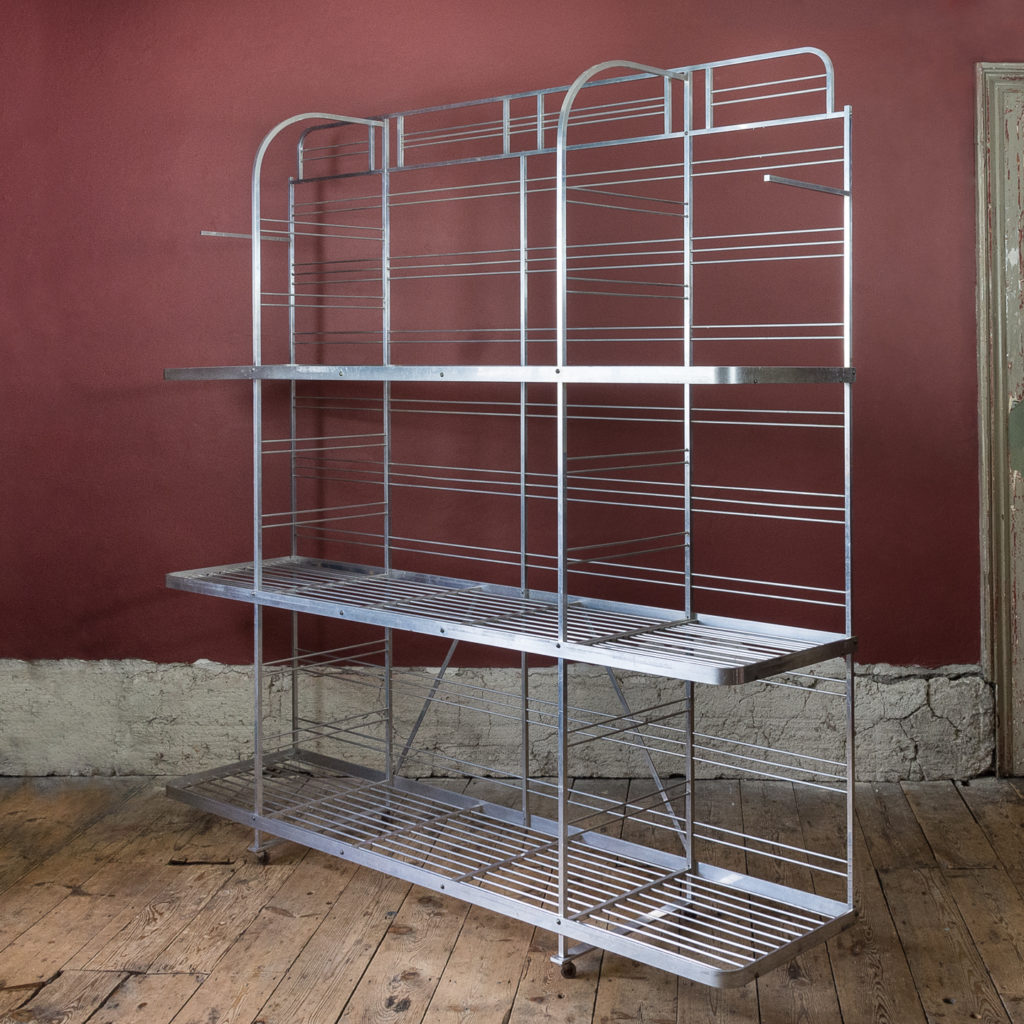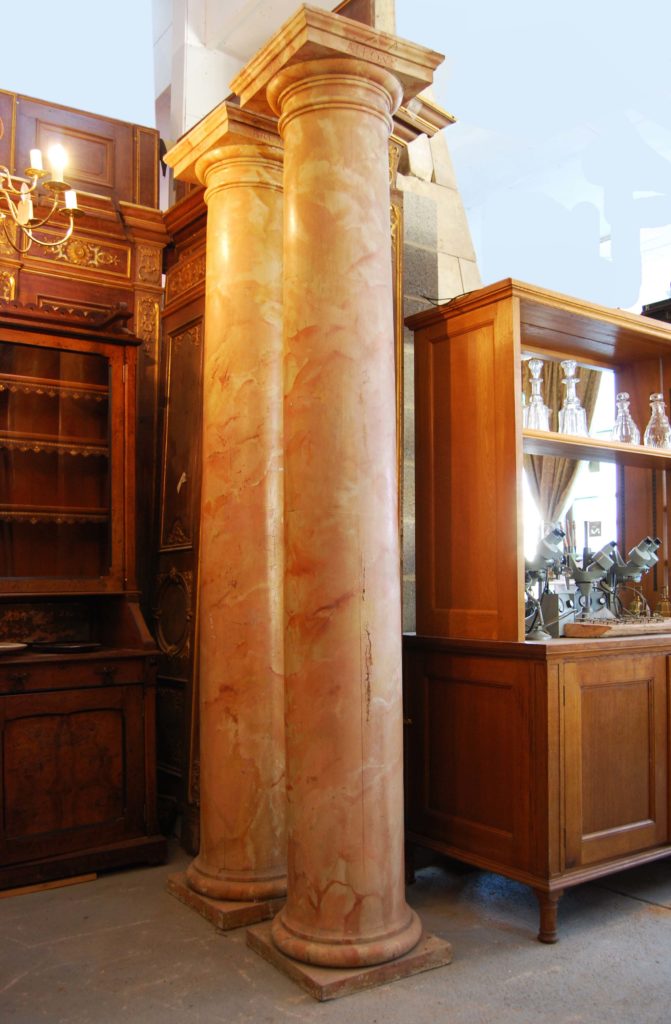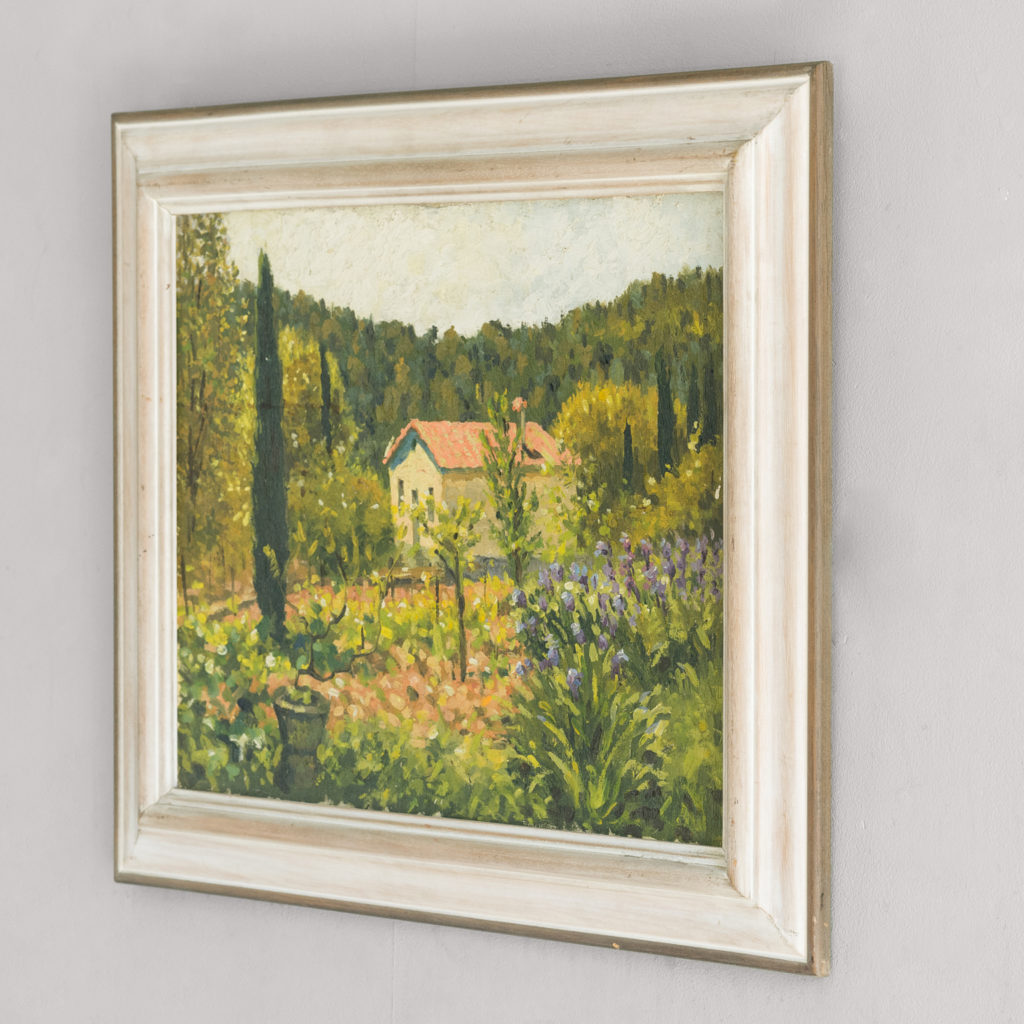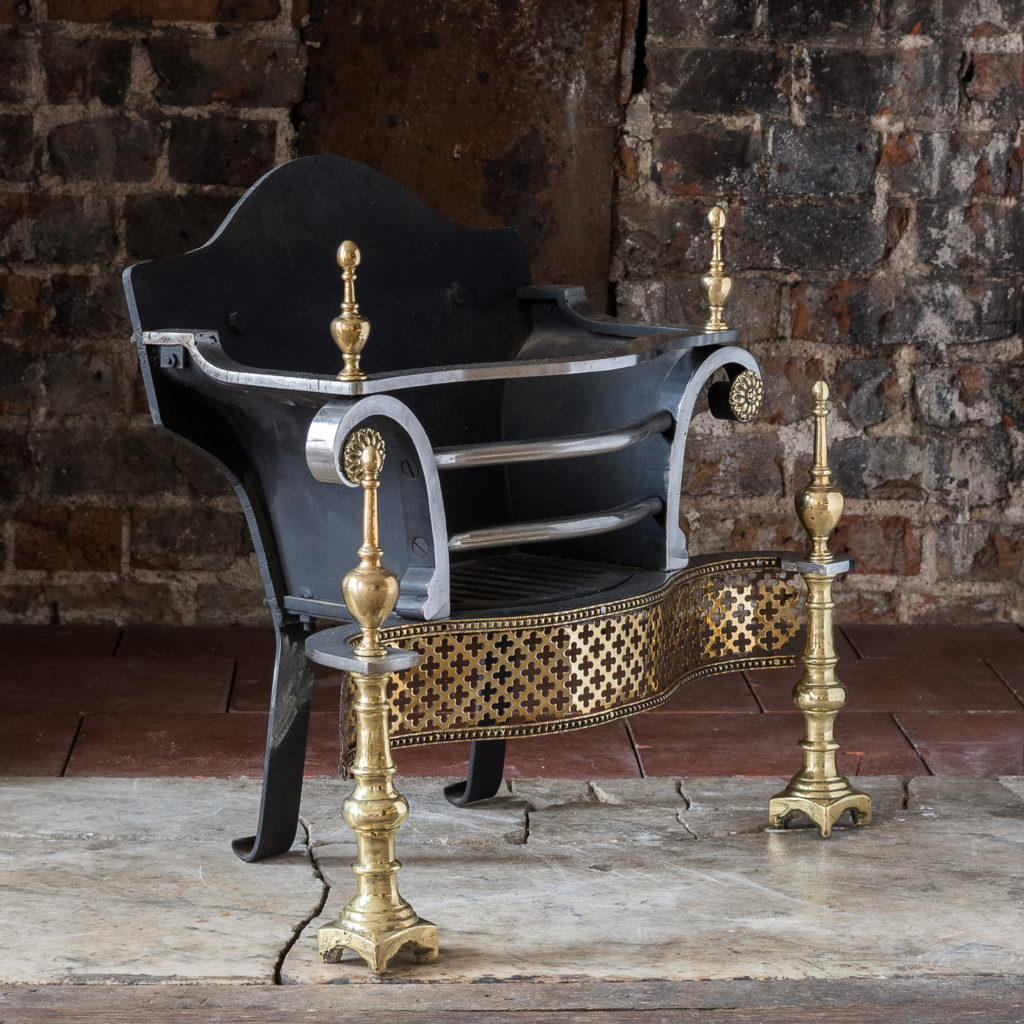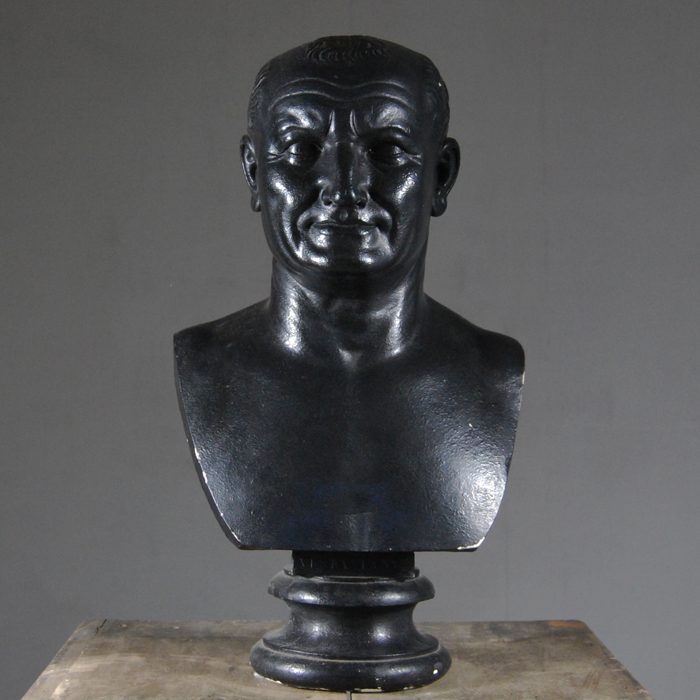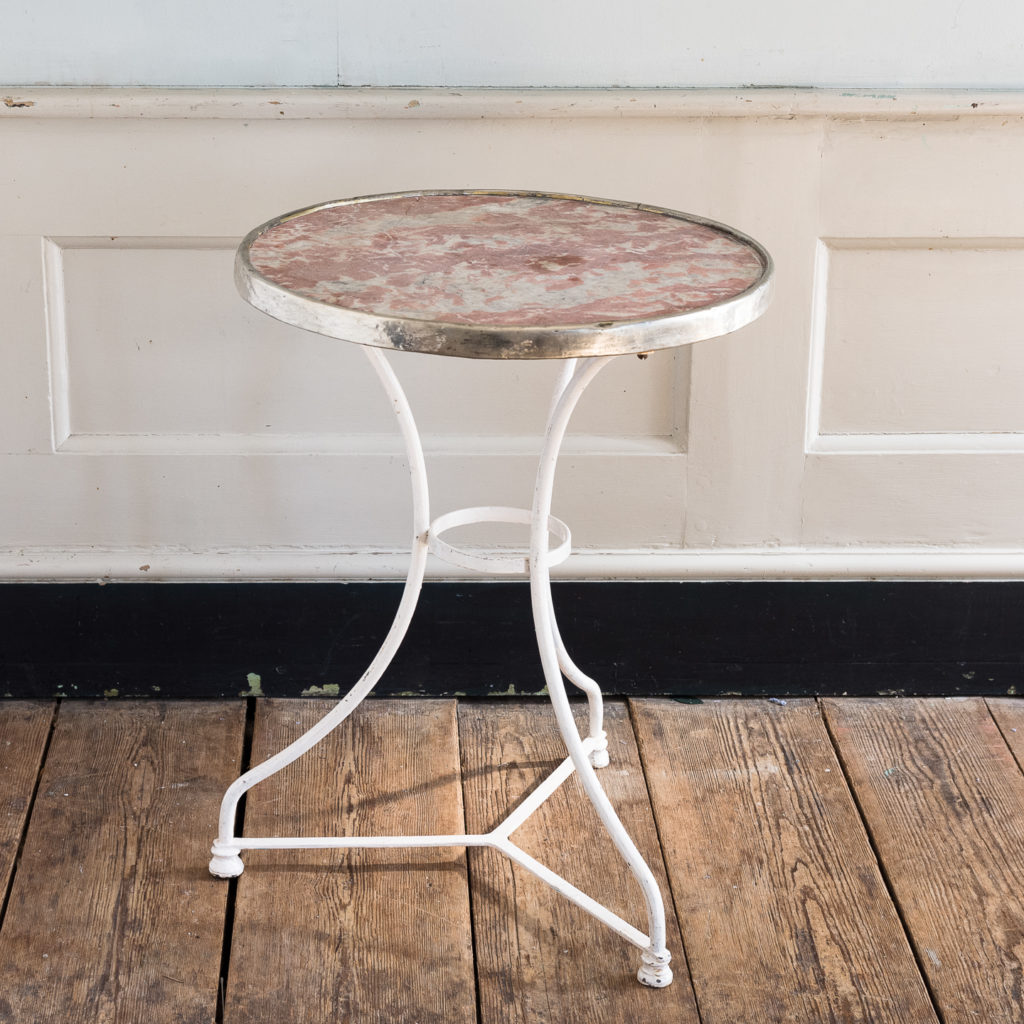No products in the basket.
11th November 2020
Restless Eclecticism – Take The Look Home.
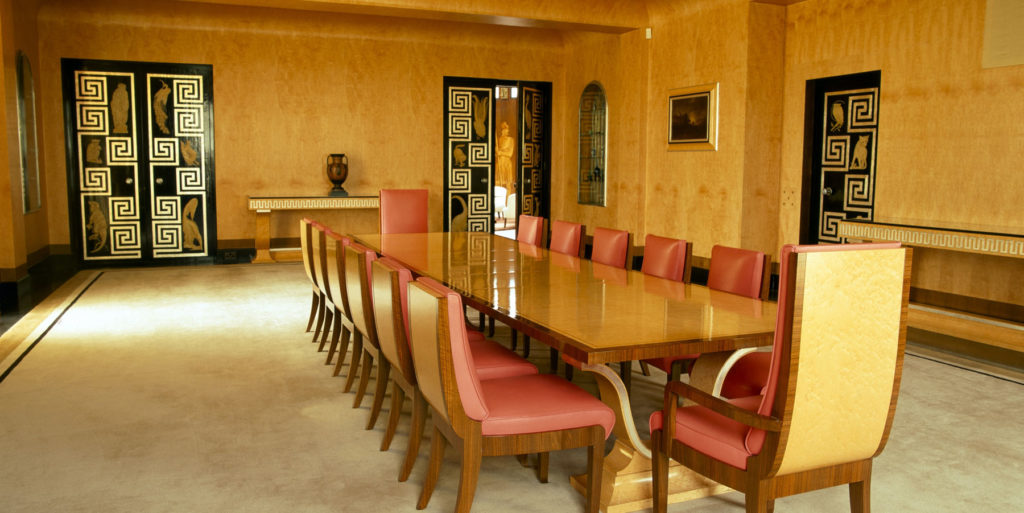
Eltham Palace, the past of the present and presence of the past.
It is argued persuasively, these days, that we are passed beyond the era of Post-Modernism and into a strange new world of Post-Post Modernism. When the cultural and artistic assumptions of metaphysical skepticism and material satiety which characterised the day before yesterday have atrophied into cultural self-doubt, dislocation and disorder in the Spectacle. ’tis all in pieces, all coherence gone’ as Donne said of a similar moment in time.
Boudoir fireplace and leather map, Margarita Classen-Smith, Eltham Palace
Well, as we see, there was a time (perhaps many a time) for such a word before our own day and the strained nerves of our own age of anxiety would have found a sympathetic resonance in the birth pangs of Modernism itself. Then as now the most daring and vigorous responses to this mood often found expression in a sort of reckless, restless eclecticism. Eclecticism in its true Grecian sense ἐκλεκτικός, or the selection of the brilliant and the best from traditions seen not as solemn orthodoxies but rather as resources for the renewal of a stalling or faltering culture. It is the choice to make a choice of the available choices, disencumbered of the anxiety of influence. To take command and control of the traditions of the past and put them at the service of the present.
Narini door at Eltham Palace featuring animals from London Zoo.
From the music of Stravinsky to the architecture of Gaudi and the poetry of Pound and Eliot, in the 1920’s and 30’s the shock of the new still communed fitfully and fruitfully with the resources of the Canon. A good place to study this confidant, optimistic, strident attitude within the particular cultural sphere of interior design is in the modern extension to medieval Eltham Palace, built in 1933–6 by the architects Seely and Paget for Stephen and Virginia Courtauld.
The Courthauld extension at Eltham Palace.
The core of Eltham Palace consists of the medieval great hall, built by Edward IV and the scene of a famous meeting between Sir Thomas More, Henry VIII and the philosopher and theologian Erasmus of Rotterdam in 1499. The site suffered extensive pillaging during the Civil War and was almost a derelict shell when, in 1930 it was rebuilt and extended by the Courtauld family as a private residence. English Heritage describes the scheme thus: “The new house was designed on a butterfly plan, with two wings, one of them linked to the medieval great hall. The exterior was built in sympathy with the great hall using a red brick design with Clipsham stone dressings, inspired by Hampton Court Palace. Between the two wings is a curved, single-storey entrance colonnade. It was inside however that the new spirit found its clearest expression.”
The entrance hall at Eltham Palace.
Within the walls of the 1930’s building the eclectic predeliction makes a striking impression on the visitor. “The entrance hall, created by the Swedish designer Rolf Engströmer, is lined with blackbean veneer and decorated with marquetry that includes figures of a Viking standing opposite a Roman soldier, [a nod to local Kentish history] set against background scenes from Italy and Scandinavia. Light floods in from the glass dome overhead, illuminating the walnut and blackbean tables and chairs below.”
Peter Malacrida dining room.
The choice of book-matched and burr veneers continues into the large formal dining room. Conceived by the Anglo-Italian designer Peter Malacrida, it relies on contrasting tones and textures for effect, with bird’s-eye maple veneer walls and an aluminium-leaf ceiling. The distinctive black and silver doors depict animals and birds drawn from life at London Zoo. Malacrida, born Piero Malacrida de Saint-August, is a fascinating and elusive figure in early Modernism. His rejection of what later came to derided by Osbert Lancaster as the ‘Stockbroker Tudor’ trend in British architecture set him apart from the historicist orthodoxies which dominated architecture and design at the time. Having said that, Malacrida’s design choices were far from being without precedent. His borrowings are obvious and openly Classical. In the 1920’s he had manifested a style which had been christened ‘Curzon Street Baroque’ and while his work at Eltham Palace is dramatically pared back on his earlier style it still stops well short of what might be called ‘High Modernism’.
Maple veneer walls and sienna marble console table.
It is a style still haunted by the ghost of the ‘Great Tradition’ which finds its relief in the selection and direction of classic design signifiers – the half dome niche, the coffered ceiling, the Maeander or Greek Key, the black figure Amphorae. The expression is deliberately chaste, provocatively Greek as opposed to Roman. Although the mood is modern and uncluttered by any but the most abstemious and subtle flourishes, it is still an exercise in cultural torch-relaying. The Classical and medieval concept of Translatio Studii – the transmission of cultural ideals and forms is there, still there even at the dawn of the Modern age.
The Virginia Courtauld bathroom.
English Heritage describes the room as Art Deco, a heavily strained and extended term which sometimes seems to envelop within its bounds any piece of design work with a right angle or two. What we can confidently say is that this represents an austere and eclectic, historically literate early incarnation of the modern spirit. The style seems to sing out the last of the decadent spirit of Lord Leighton’s house in Holland Park while walking in step with the hoped-for historically informed modernism that Raymond Erith displayed at St Andrews Felixstowe, or in our own time in the work of Michael Hopkins.
Gothic cast concrete. St Andrews Felixstowe.
Peter Malacrida resiled from his position as the thrusting point of British Modernism after the untimely death of his beloved wife in a high speed motorcar accident, withdrawing into almost complete public obscurity. Eltham House was his final work and very little of his oeuvre survives today. His career is perhaps one of the stranger and more beguiling ‘roads not taken’ in British design.
Onyx walls, gold mosaic tiling, Psyche of Capua in the niche recess.
“…if the only form of tradition, of handing down, consisted in following the ways of the immediate generation before us in a blind or timid adherence to its successes, “tradition” should positively be discouraged. …Tradition is a matter of much wider significance. It cannot be inherited, and if you want it you must obtain it by great labour…the historical sense involves a perception, not only of the pastness of the past, but of its presence”
– T.S. Eliot
At LASSCO we encourage our patrons and customers to inhabit the same spirit of eklektikos which constituted the genius of Peter Malacrita. Choosing the best of the good things that lie at hand and making the most of our art and design heritage. Our stock contains examples of every conceivable design and artistic tradition. High and low, austere and exuberant, pared back plainness and brilliant superabundance. Through a series of blog posts we will present our customers with choice examples of eclectic interiors and match them up with items in our inventory so that they can take the look home
Choose of the best LASSCO Stock
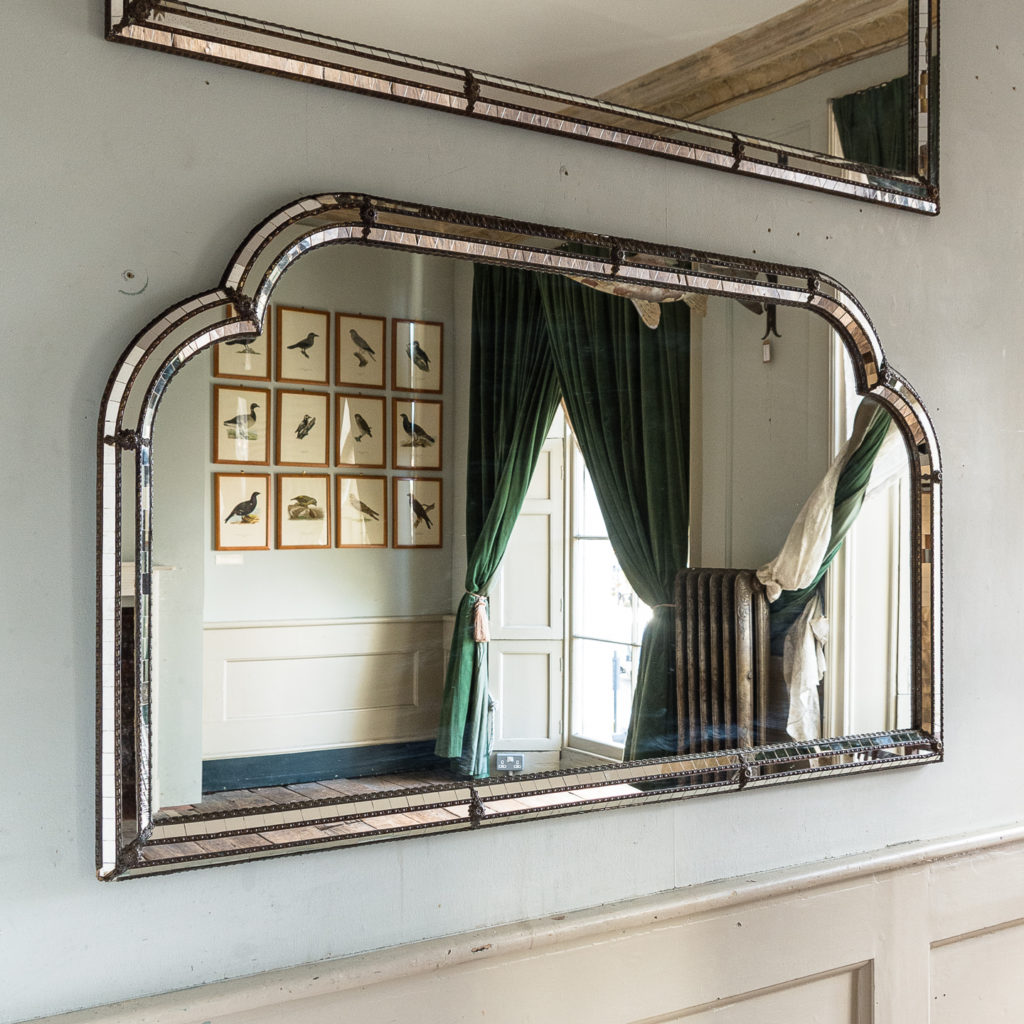
Pair of Art Deco style mirrors.
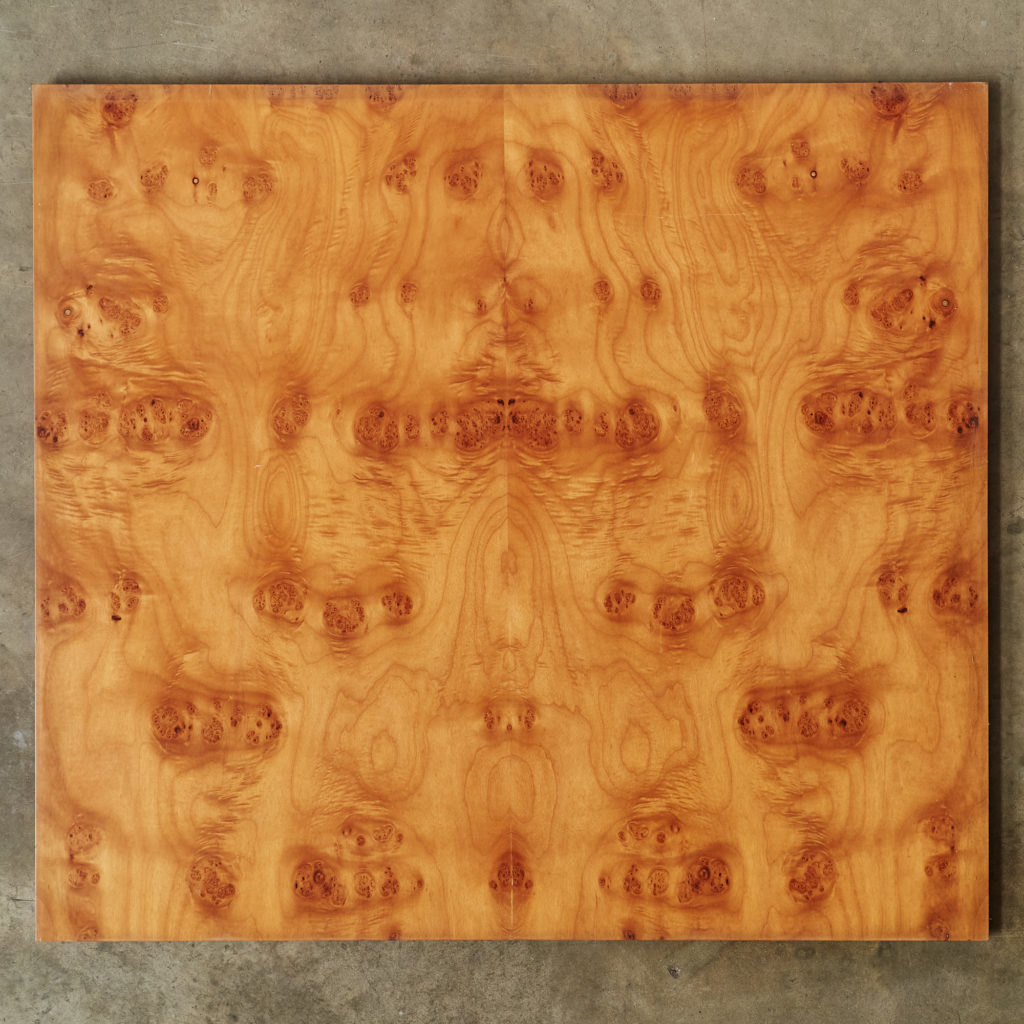
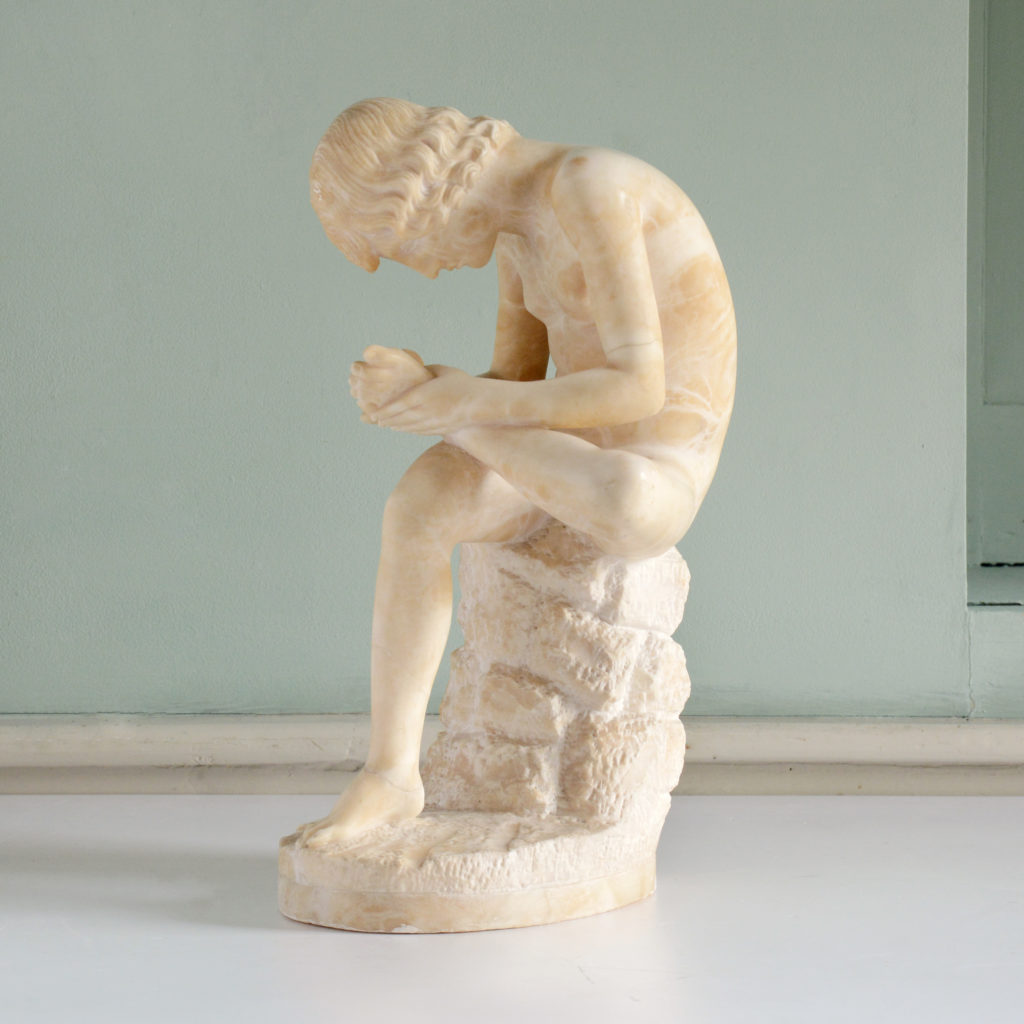
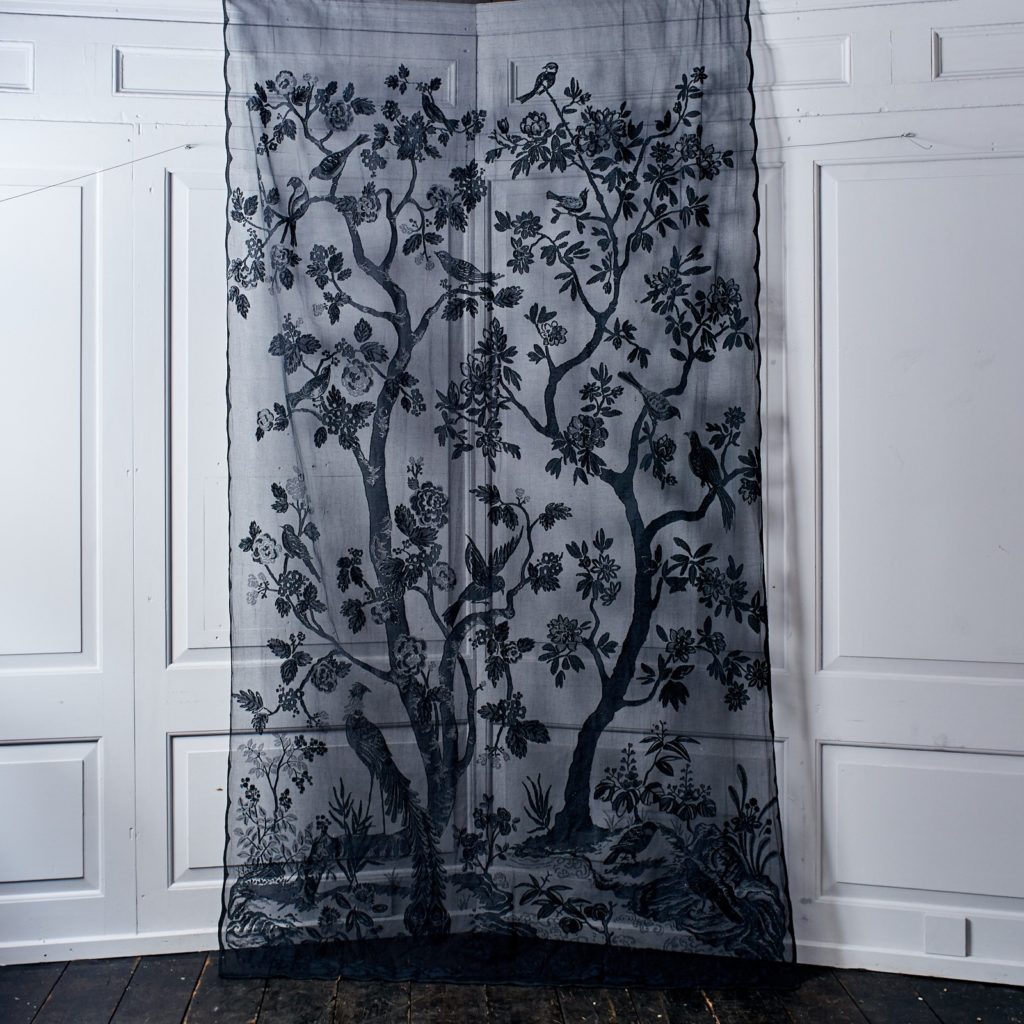
Aluminum baker’s rack, mid twentieth century.
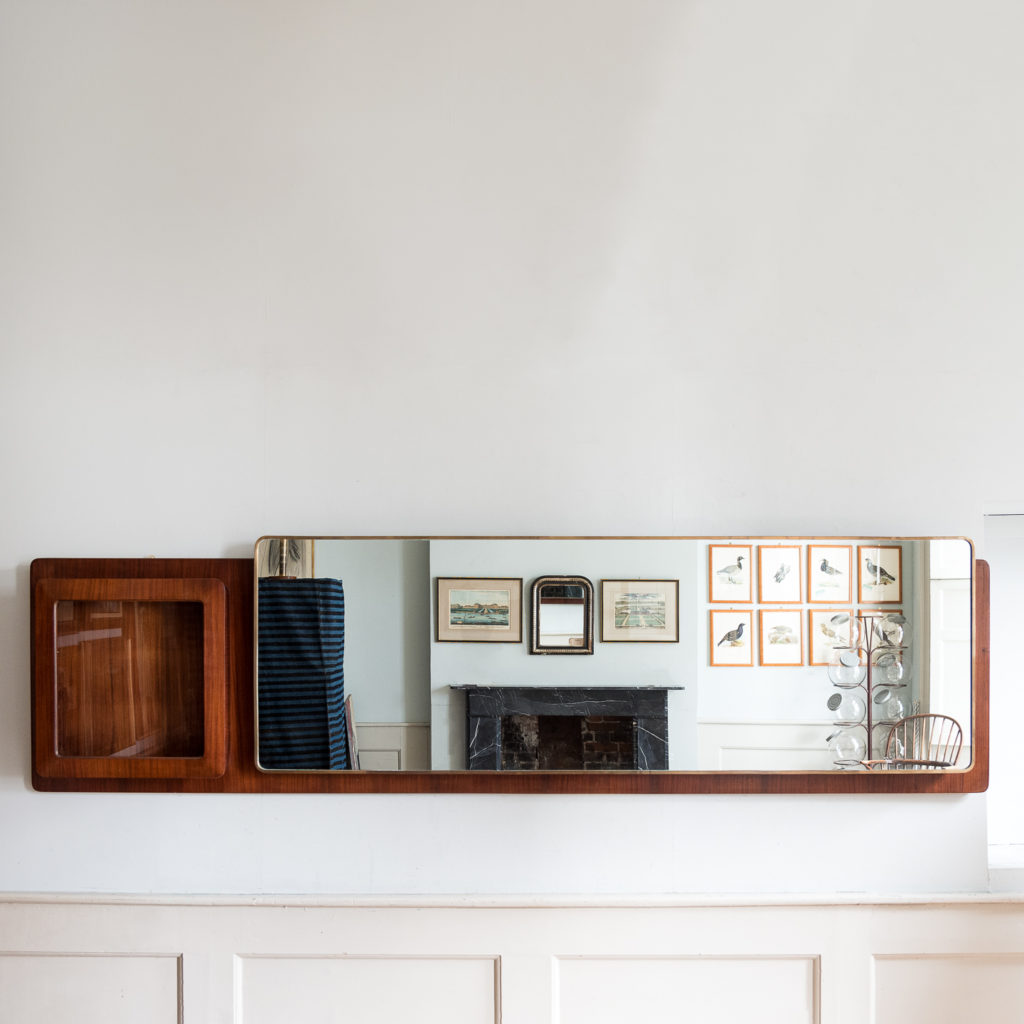
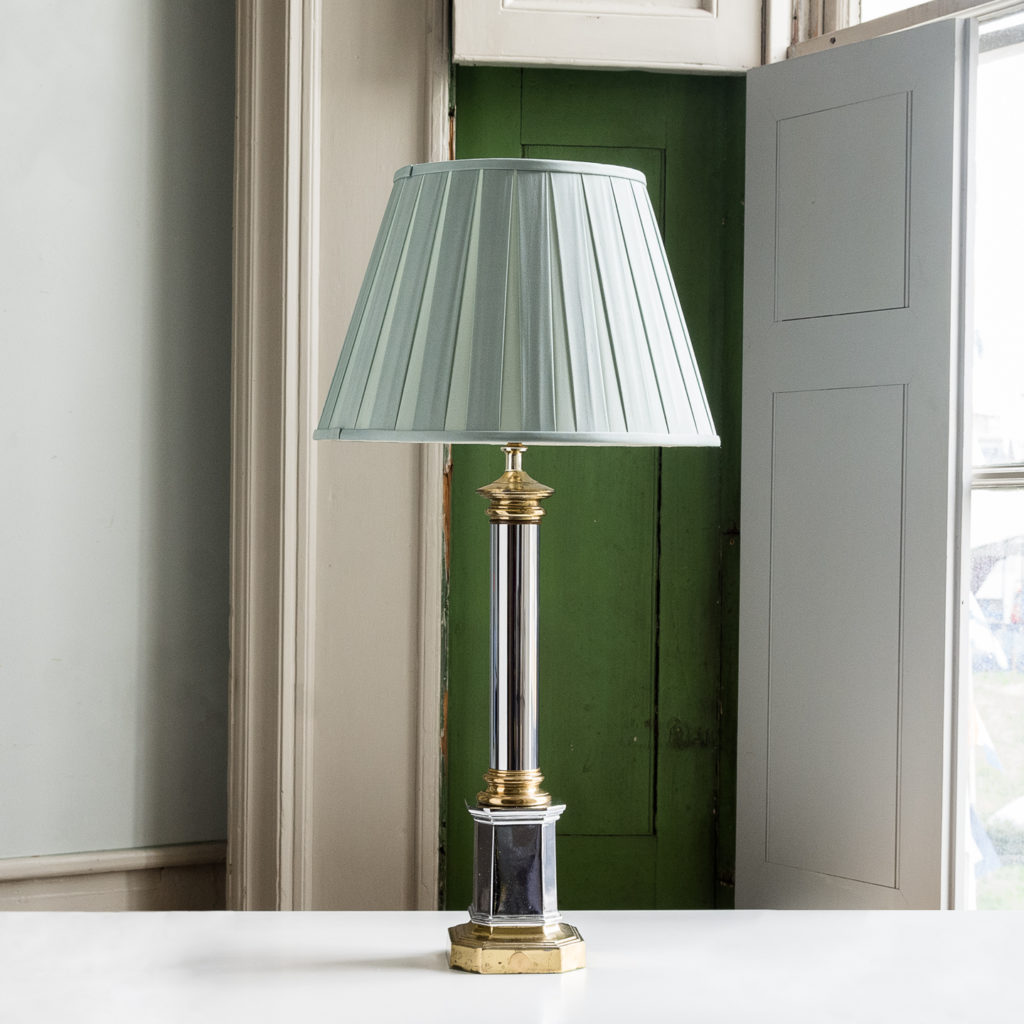
A matching pair of chrome and brass table lamps
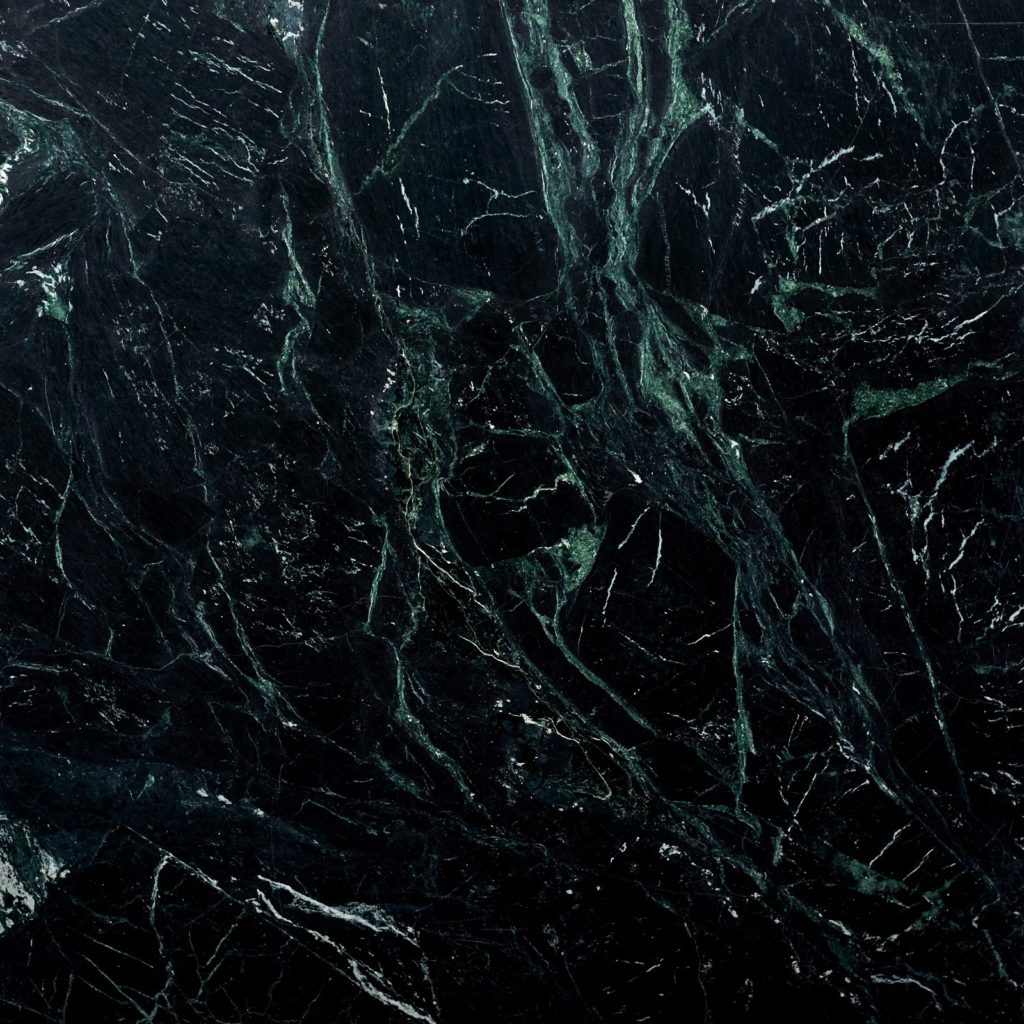
LASSCO marble of diverse types
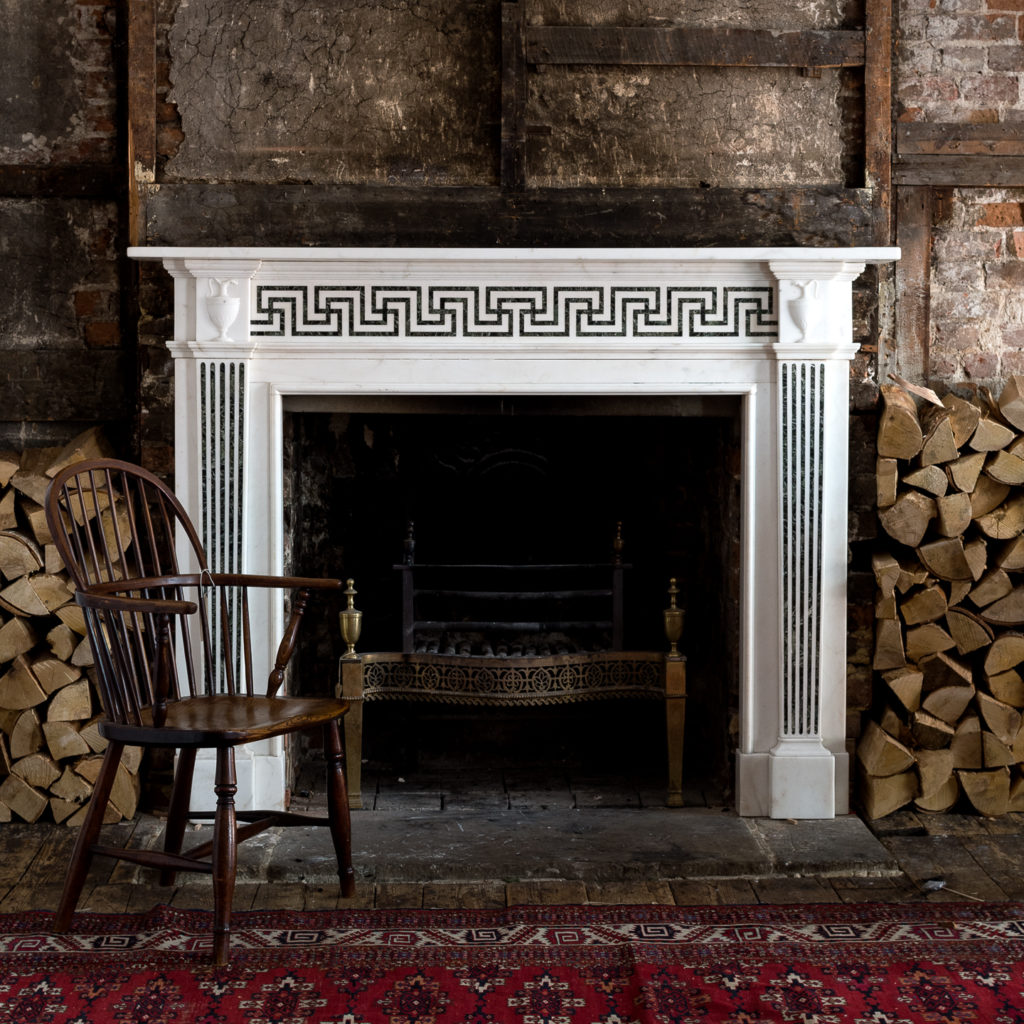
George III style white marble and inlaid chimneypiece with Greek Key
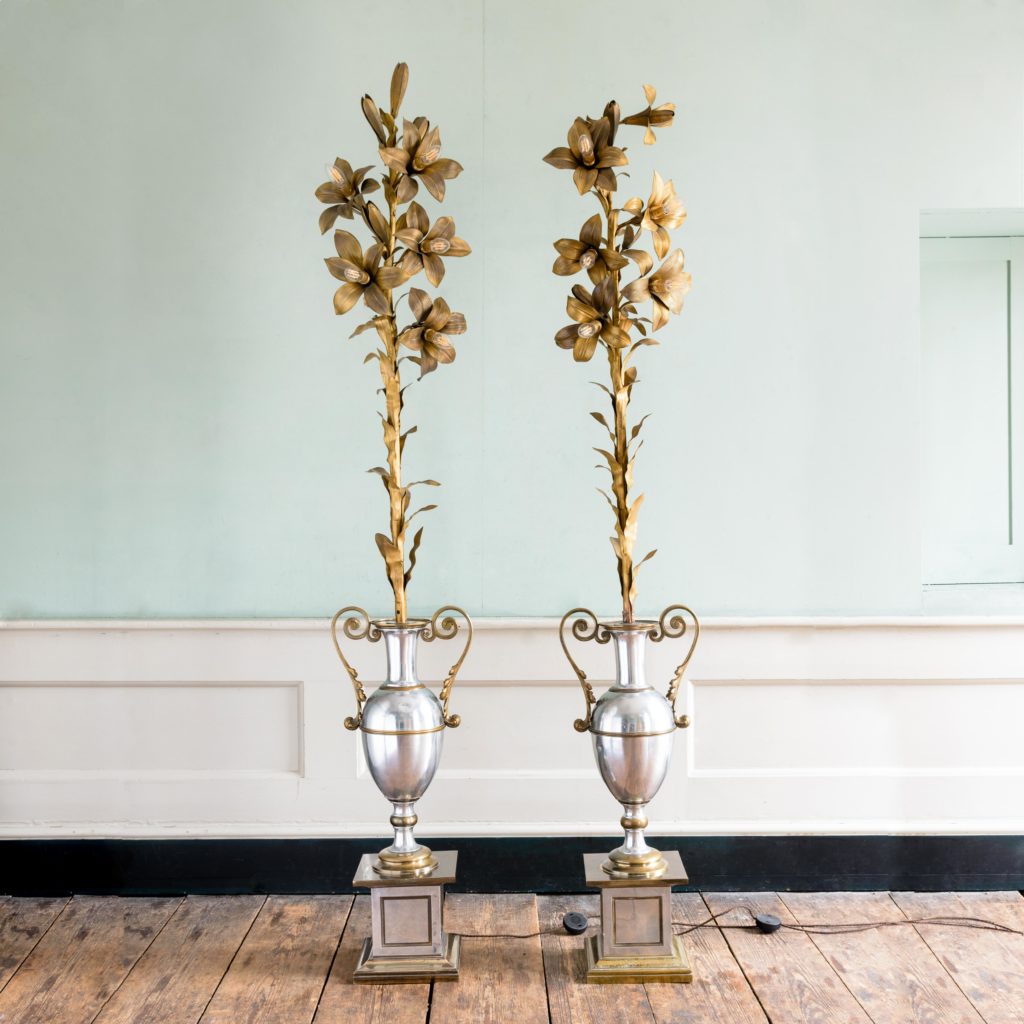
French foliate metal floor lamps
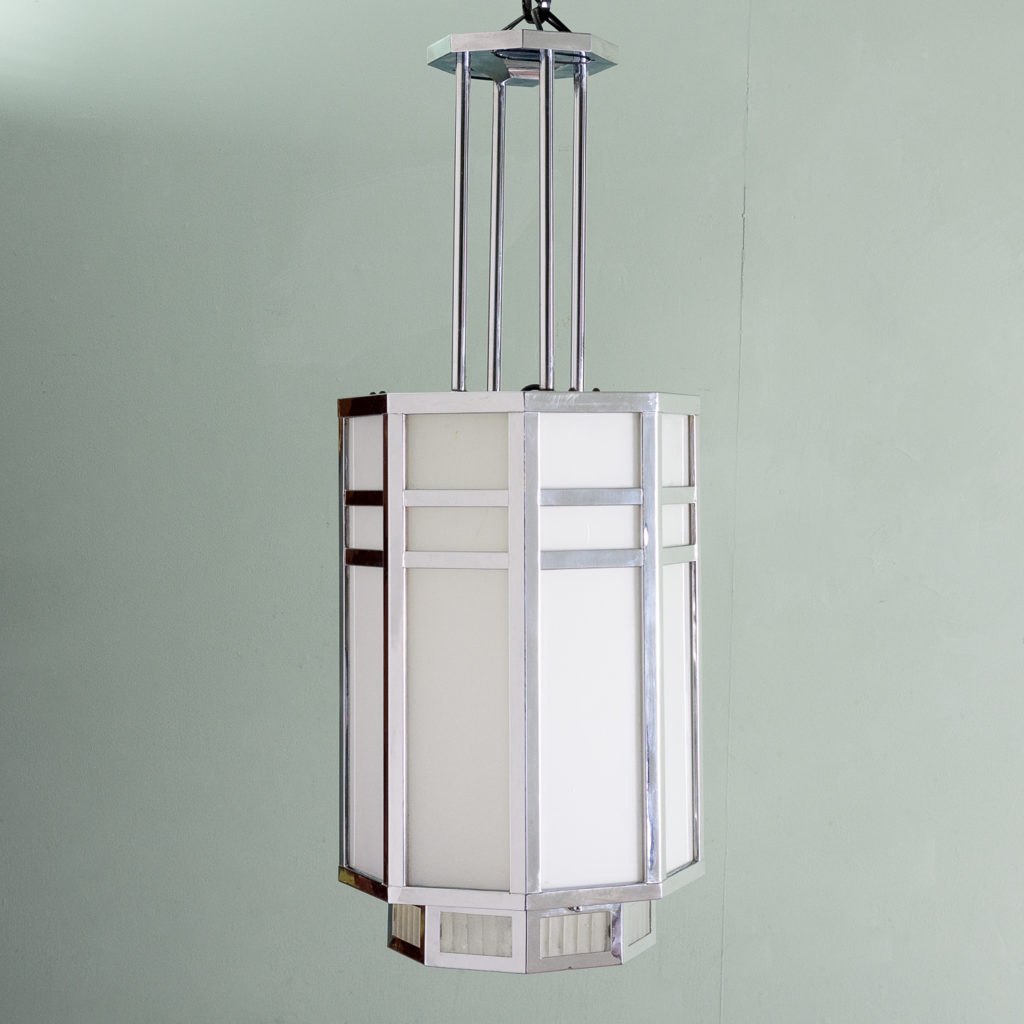
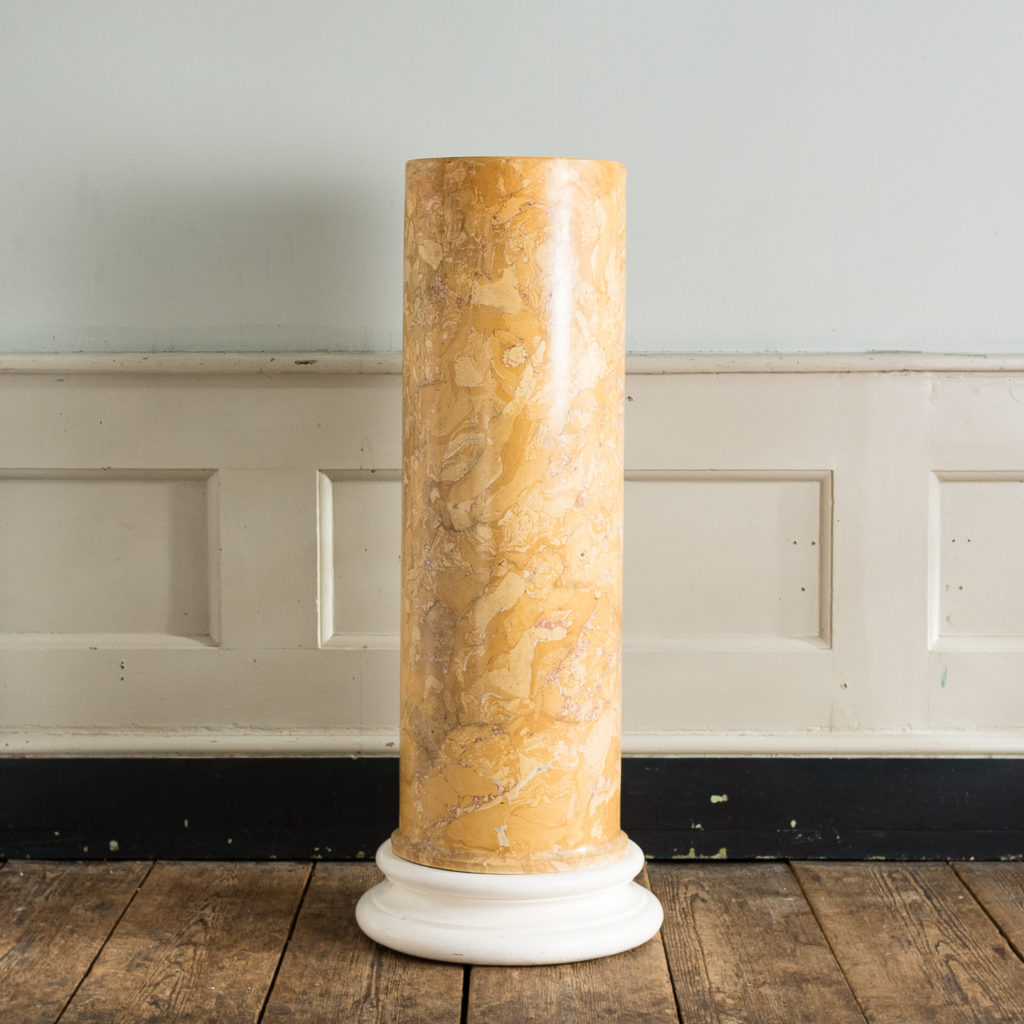
Sienna Scagliola column plinth
French Landscape by George Charlton
A steel and brass and iron Georgian style fire grate
A bust of the Emperor Vespasian
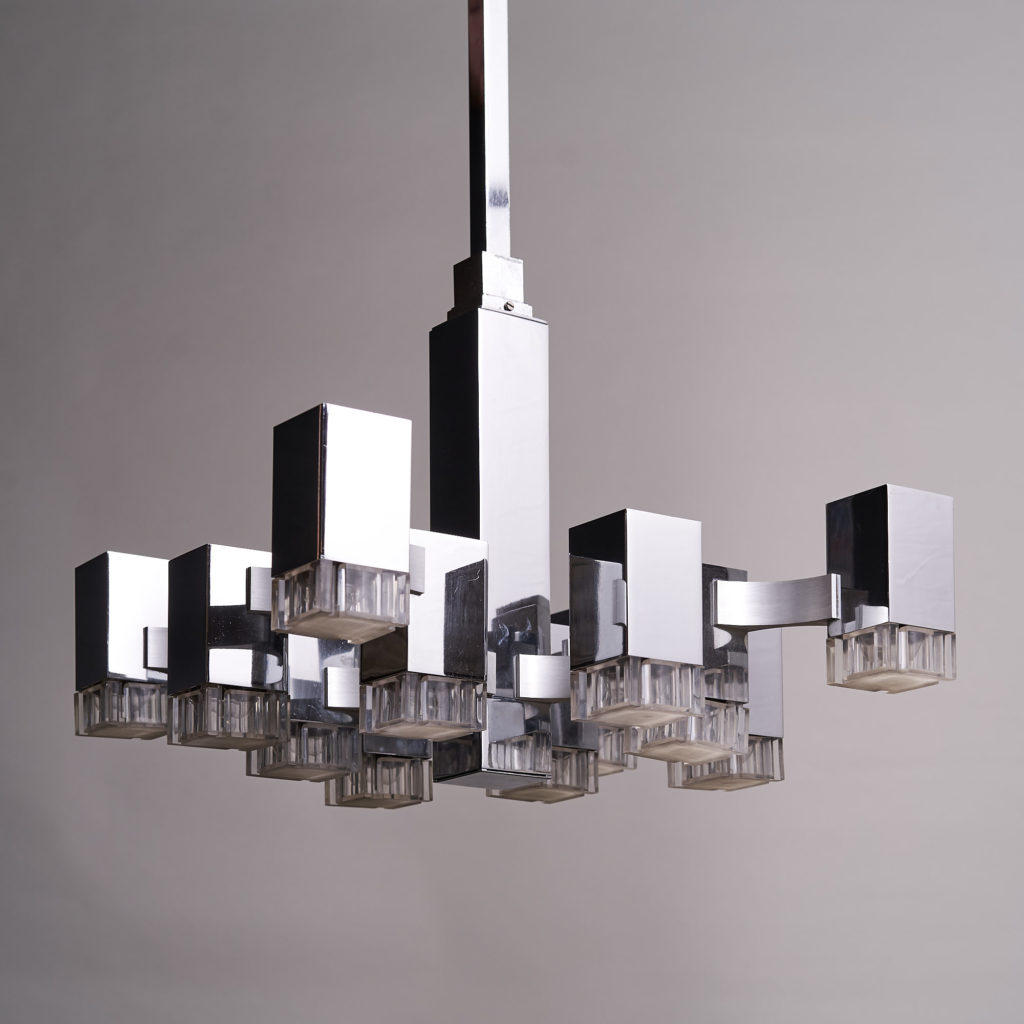
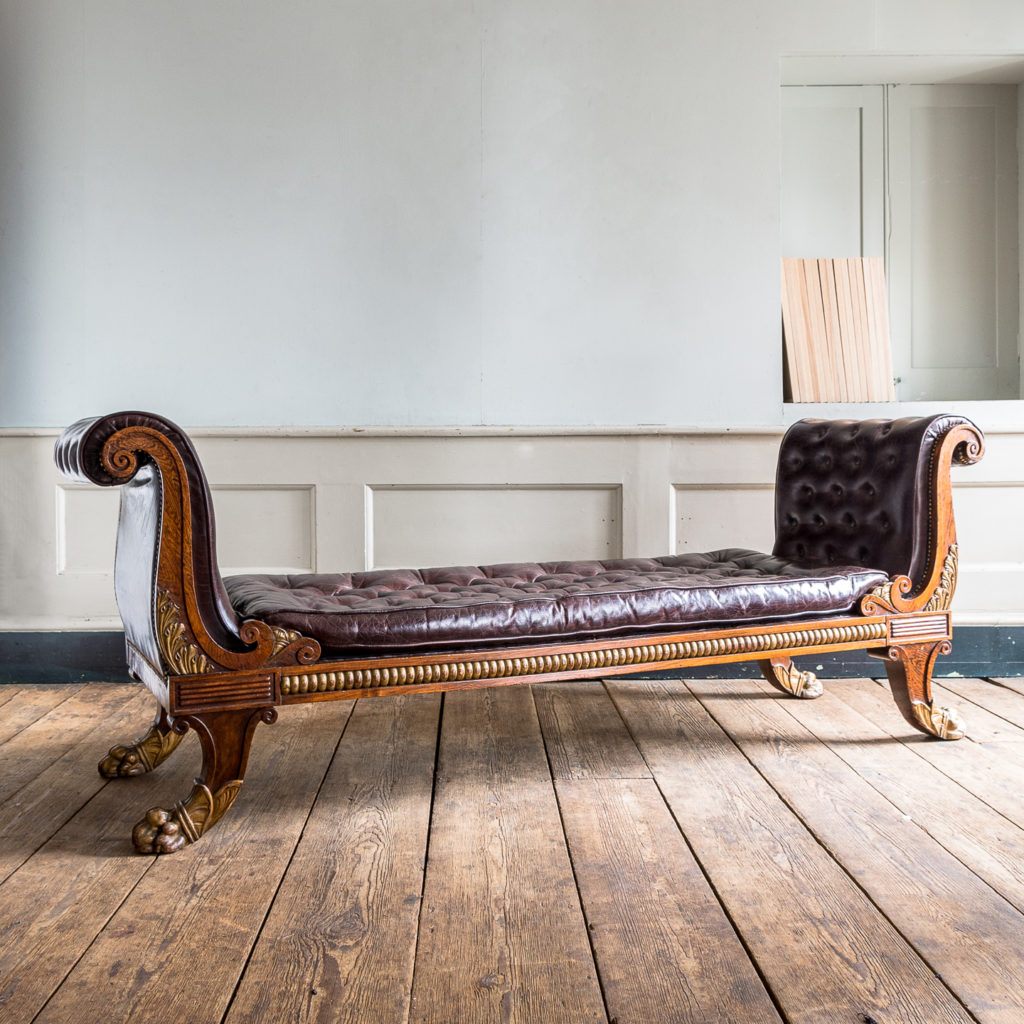
Faux-rosewood and parcel gilt daybed
Rouge Languedoc marble topped table
Harry Amos. 12/11/20
All images Copyright English Heritage

